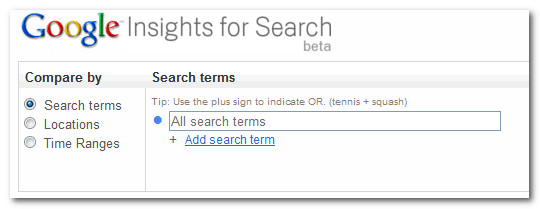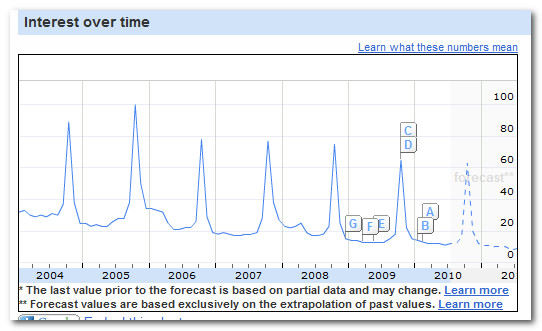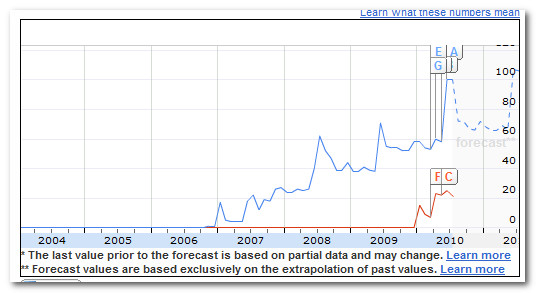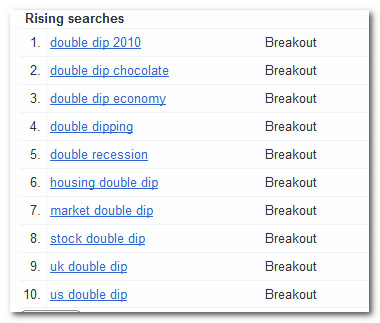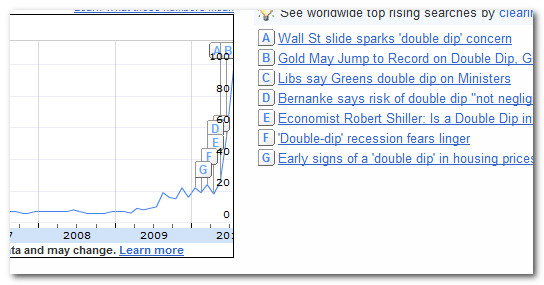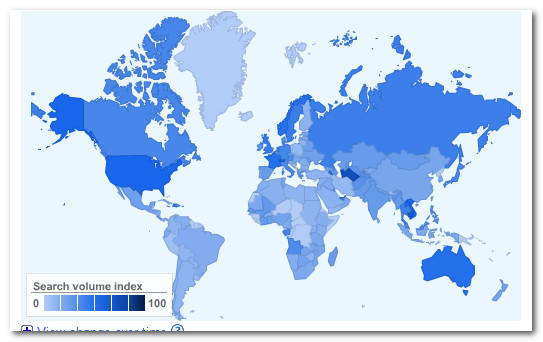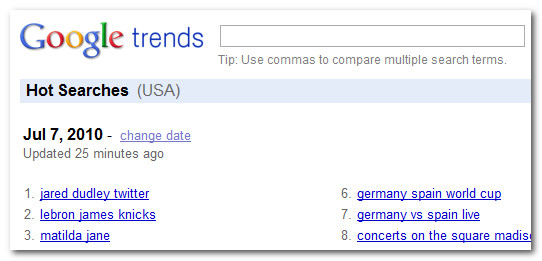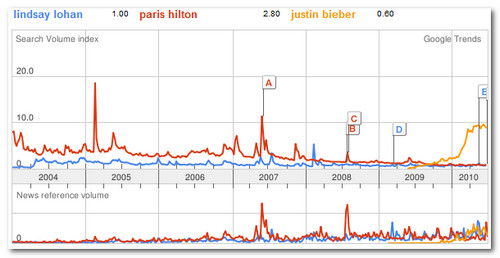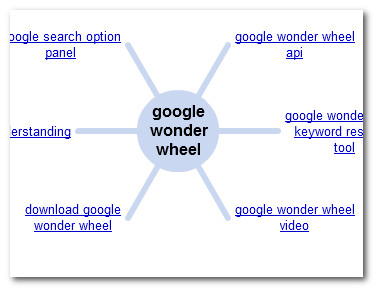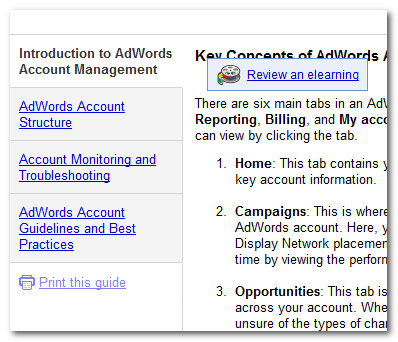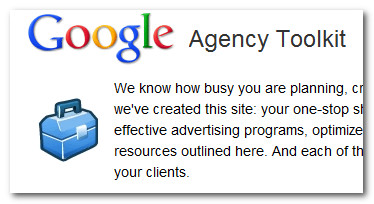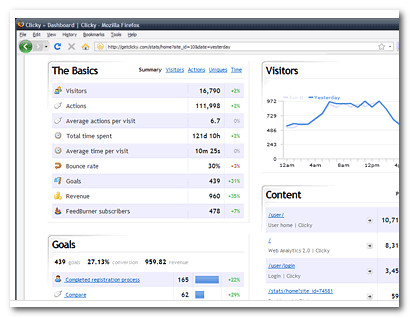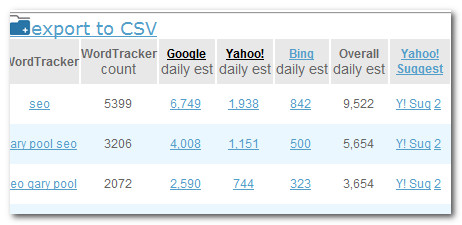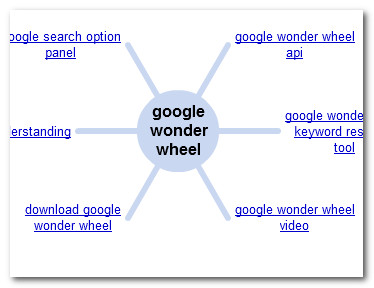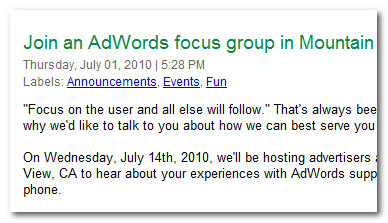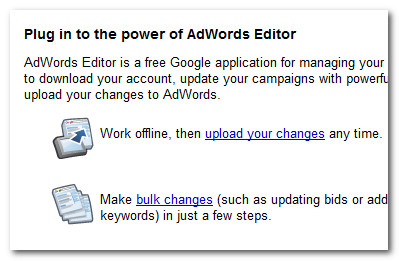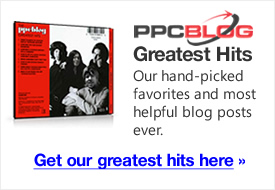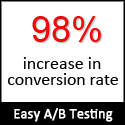
That was a New York Post headline.
It was a great headline for the New York Post. I think it’s fair to say they understand their readers.
Is it a good headline for a post on PPC Blog?
Maybe 🙂
You tell me.
In a minute.
But first….
A Post About Headlines
Today we’ll look at the headline in the context of PPC. This topic is probably nothing new to PPC veterans, but if you have a background in traditional media and copy writing, hopefully it will give you a way to approach PPC, and search marketing in general.
We can think of text ads as being headlines. They serve a similar purpose to headlines in traditional media. Their purpose is to grab attention. Unlike traditional media, text ads lead to a second headline, and copy, on a separate landing page. So the two need to work in tandem in order to be most effective.
In traditional media, the headline writer simply wants to grab attention from a reader who may not have been interested in the topic a second ago. They want you to read and, at best, recall a message, but there’s not a great deal of jeopardy involved if you don’t. The PPC headline leads the reader to take a specific action, and that action typically involves handing over cash.
In this respect, the stakes are higher for the PPC copywriter.
The Role Of Headlines In Our Culture
All our media has been reduced to the headline.
The sound bite. The lead story. Digg. Reddit. Social media. Our inbox. Our feed readers. Everything is being aggregated and reduced to headlines. Our culture has infinite messages, yet there are still only 24 hours in the day. What media you consume, and what you buy, is typically “directed” by the few words that make up a headline.
No wonder marketers place such importance on headlines. Those few words lead to everything else.
Brevity
Our media has been reduced to headlines because time is short. Headlines summarize. Headlines must be both brief, and loaded with meaning. They must hint at something deeper.
Relevant
Ad text and the landing page headline must resonate with your audience. The key to writing a good headline is to first know your audience.
PPC is a great test bed for getting to know your audience. Tim Ferris, the author of the book “The Four Day Workweek” used PPC to test a range of title ideas for his as-yet unnamed book. The ad text that generated the most clicks became the title of his book. The audience “told” him the name they deemed most interesting by clicking.
Confirmation Bias
Confirmation bias is a tendency for people to favor information that confirms their preconceptions.
Search is a hunt and find medium. Unlike the newspaper or magazine, PPC is not about grabbing disinterested, passing attention. It is about being directly relevant to the searcher who knows, of thinks she knows, what she wants. It’s about reflecting the searchers own perception of what is good and relevant.
Any headline (link) not directly relevant to the search phrase will likely be ignored. This is why repeating the keyword term in a PPC advertisement is important. It’s a confirmation that the searcher is in the right place. This is why traditional attention grabbing headlines, like “Headless Body In Topless Bar” don’t work so well in search.
They aren’t specific enough.
Be Specific
Google sees PPC links as being information. Google reasons that advertisements are information in the same way an organic search results are information in that their function is to answer queries. This is especially true when searches have a commercial imperative.
Google rewards you for being specific.
A PPC headline isn’t a place to get clever. “Headless Body In Topless Bar” would not work in PPC. Whilst it might grab attention because it’s different, people would not see it is as being relevant to them, because it’s not specific to their search. It would also fall foul of Google’s relevancy algorithms, and is unlikely to be shown at all.
A Headline Must Lead Somewhere Even More Interesting
The ad text needs to hint at something deeper. Just like the purpose of the headline is to lead people to the first line of copy, our PPC ads need to hint at something unseen, yet valuable, beyond the link. When the visitor lands on the landing page, the landing page headline must confirm what was hinted at in the PPC ad.
Uniqueness Is Rewarded
If you’ve read this far, my headline probably worked. It got your attention, and led you to the second line, and you kept reading.
But you and I both know that shock tactic isn’t going to work in PPC. It probably worked in the context of a feed reader, because it stood out in that context. Typically, the titles for PPCBlog articles don’t involve headless corpses in topless bars! But it’s not a great headline. It’s over-played. And it is unlikely to work again. Any shock/curiosity value has now gone.
However, I want to make a point about context. In a crowded environment, like a feed reader or search results page, uniqueness is often rewarded.
As a species, we’re conditioned to notice what changes in our environment. The new. The different. Likewise, our text ads must be more compelling than any other link on the page. That includes the organic results. Look thought the search results, not just the PPC ads, to see what is, and more importantly, what isn’t there.
Your ad should be unique in this context. Uniquely relevant. This comes from understanding your audience, and specifically addressing their needs.
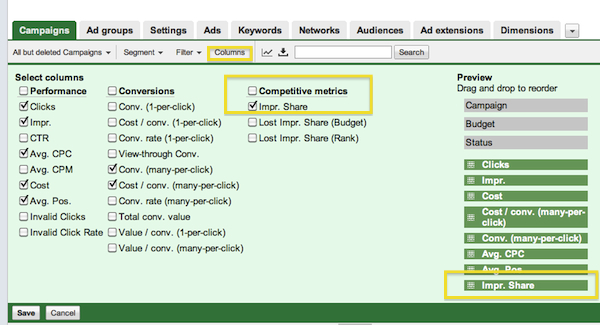
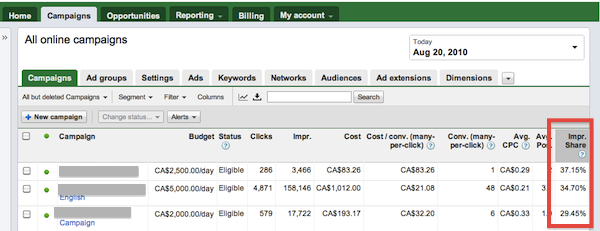

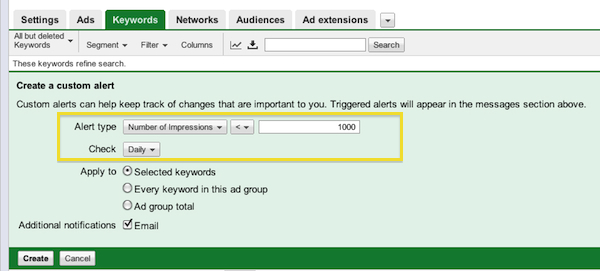
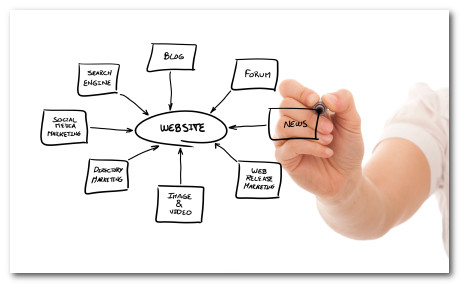
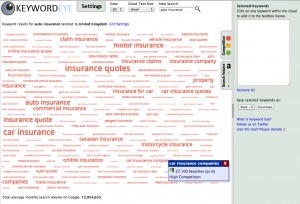 Click to Enlarge
Click to Enlarge



